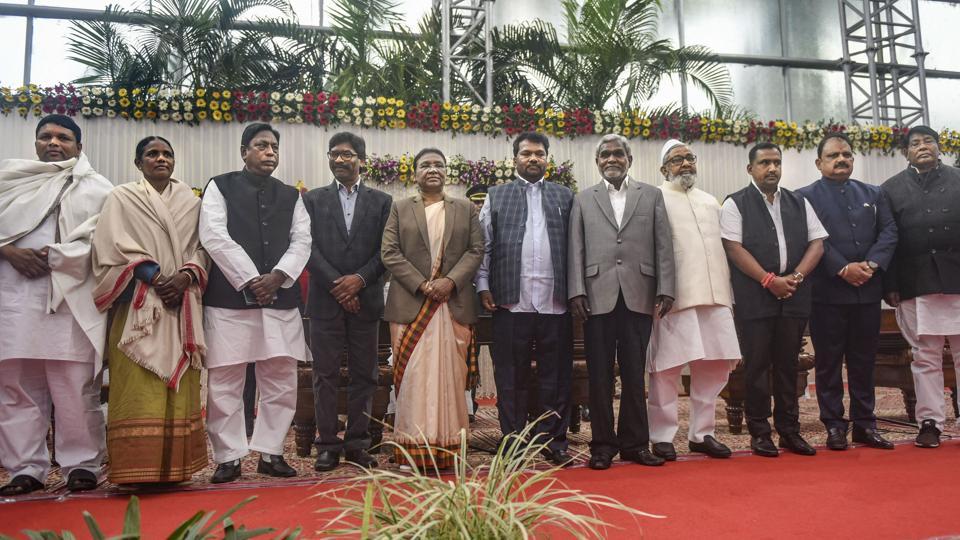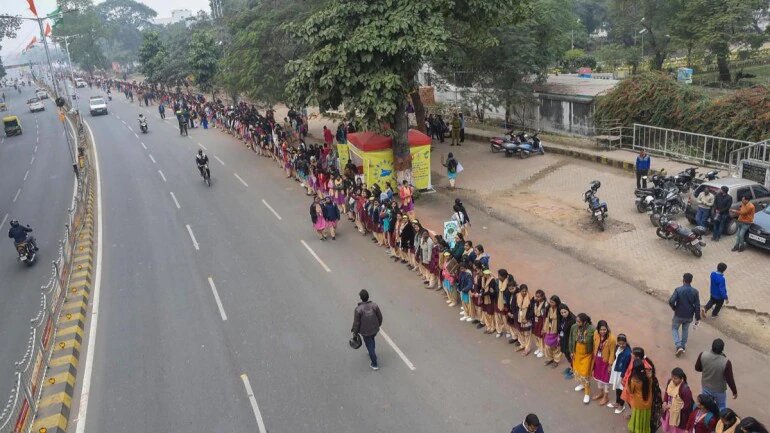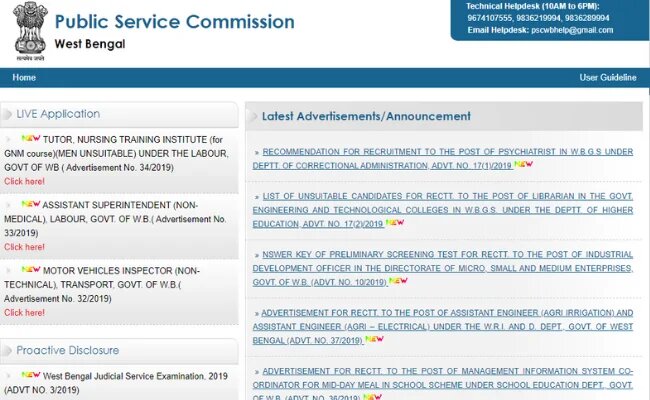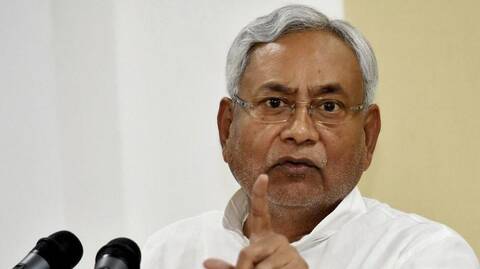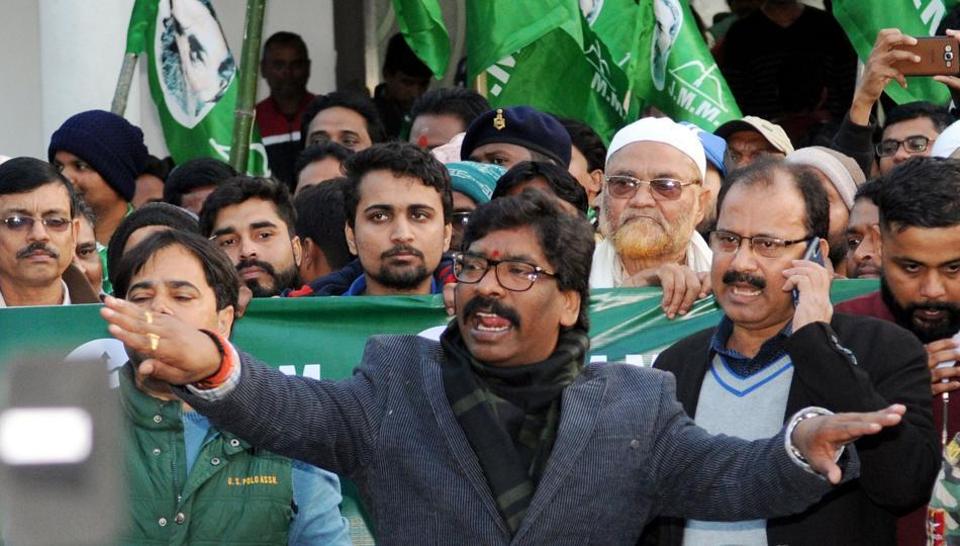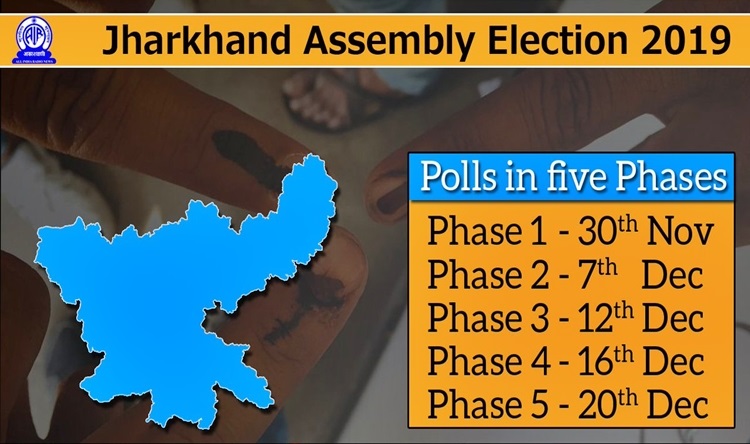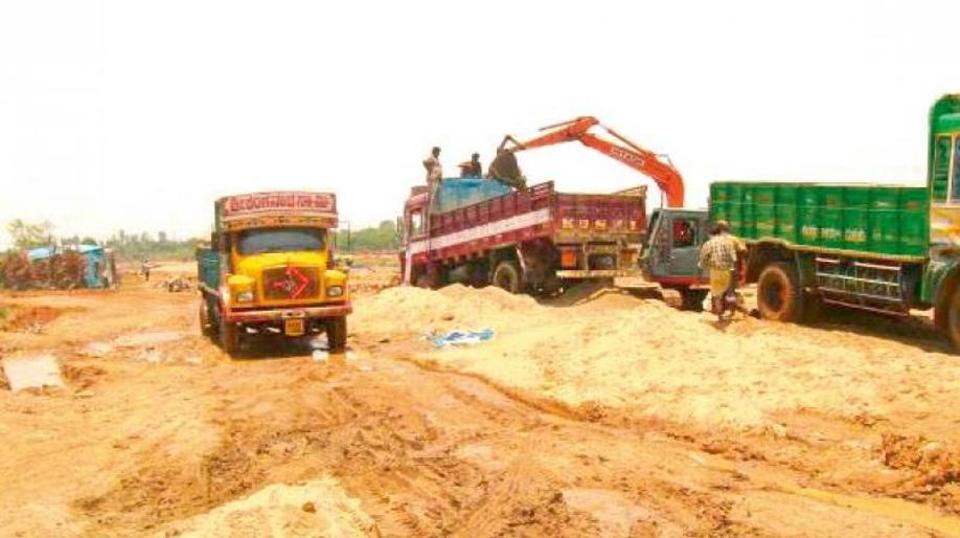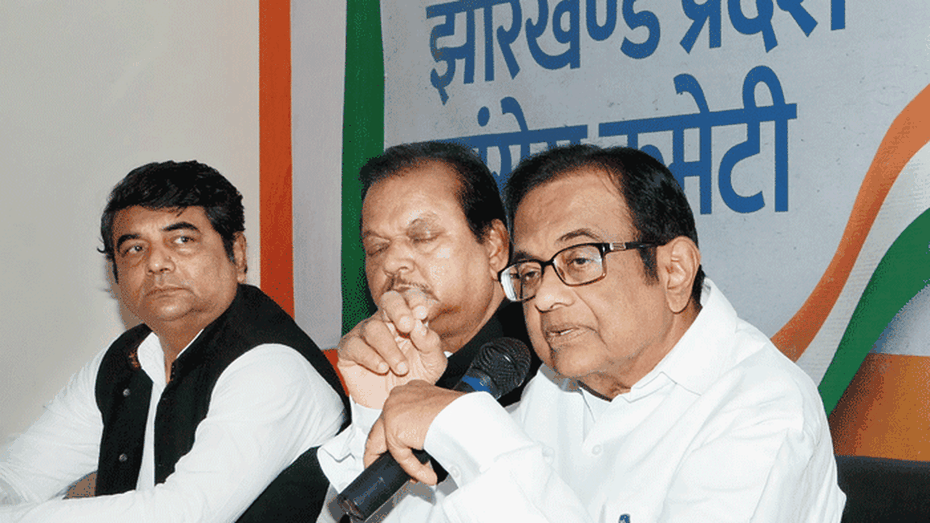Source – hindustantimes.com
The much-awaited expansion of the Hemant Soren cabinet took place on Tuesday, with Governor Draupadi Murmu administering oath to seven ministers — five from JMM and two from Congress — taking the total strength in the state government to 10. much-awaited expansion The much-awaited expansion of the Hemant Soren cabinet took place on Tuesday, with Governor Draupadi Murmu administering oath to seven ministers — five from JMM and two from Congress — taking the total strength in the state government to 10.
Besides the chief minister, the state could have 11 ministers. Hence, one berth is still vacant in the cabinet.
The coalition government, led by chief minister Hemant Soren, took oath on December 29 last year. Two legislators from Congress — Alamgir Alam and Rameshwar Oraon — and RJD’s Satyanand Bhokta were also sworn-in along with Soren.
“Congratulations to all my colleagues on behalf of people for taking oath as ministers. This is not merely a cabinet, but Team Jharkhand which would work to accelerate the pace of development and realise the dreams of every Jharkhandi. Let’s work together for prosperity of Jharkhand and the country,” Soren tweeted, soon after the ceremony. The chief minister is yet to distribute portfolios among his teammates though.
On Tuesday, the five JMM legislators who took oath, included party’s old guard Champai Soren, Jagarnath Mahto and Haji Hussain Ansari to first-time legislator Mithlesh Thakur. The party also inducted five-term legislator Joba Manji, the only woman to have made it into the cabinet till now.
Party veteran Stephen Marandi, a six-term legislator, ex-minister and a former Rajya Sabha member, surprisingly missed the bus. He was chosen protem speaker for the current assembly and was being considered a front runner.
“It’s the prerogative of the chief minister to choose his team. I have no hard feeling. I congratulate the new team and wish they work hard to deliver according to the mandate we received,” Marandi told reporters after the ceremony.
Congress on its part inducted two-term legislators, Banna Gupta and Badal Patralekh, into the cabinet, taking the total number of party ministers in the coalition government to four.
While both the new recruits are in their 40s, Badal at 43 now holds the distinction of being the youngest member of this cabinet. Earlier, the party had sworn-in party veterans Alamgir Alam, 69, and Rameshwar Oraon, 72, into the cabinet. “Since I am the youngest, I would request the chief minister to give me a department that needs maximum hard work,” said Patralekh.
Santhal, Kolhan get maximum representation
While it took a month for the government to expand its cabinet, both parties have tried to give representation to all major geographical regions and social groups. However, tribal-dominated Santhal Parganas and Kolhan division, which gave a decisive mandate in favour of the alliance, have got the lion’s share.
Besides the chief minister, Alam, Patralekh and Ansari represent assembly seats in Santhal Parganas. The next in line is Kolhan division that would have three ministers — Soren, Manjhi and Gupta.
North Chhota Nagpur comes next with two ministers Mahto and Bhokta. South Chhota Nagpur and Palamu division till now has only one representative each.
Socially, besides the chief minister, three ministers are tribals, two are Muslims, two each belong to the Other Backward Classes and general category, while one minister belongs to Scheduled Castes. Manjhi is the sole woman minister.
